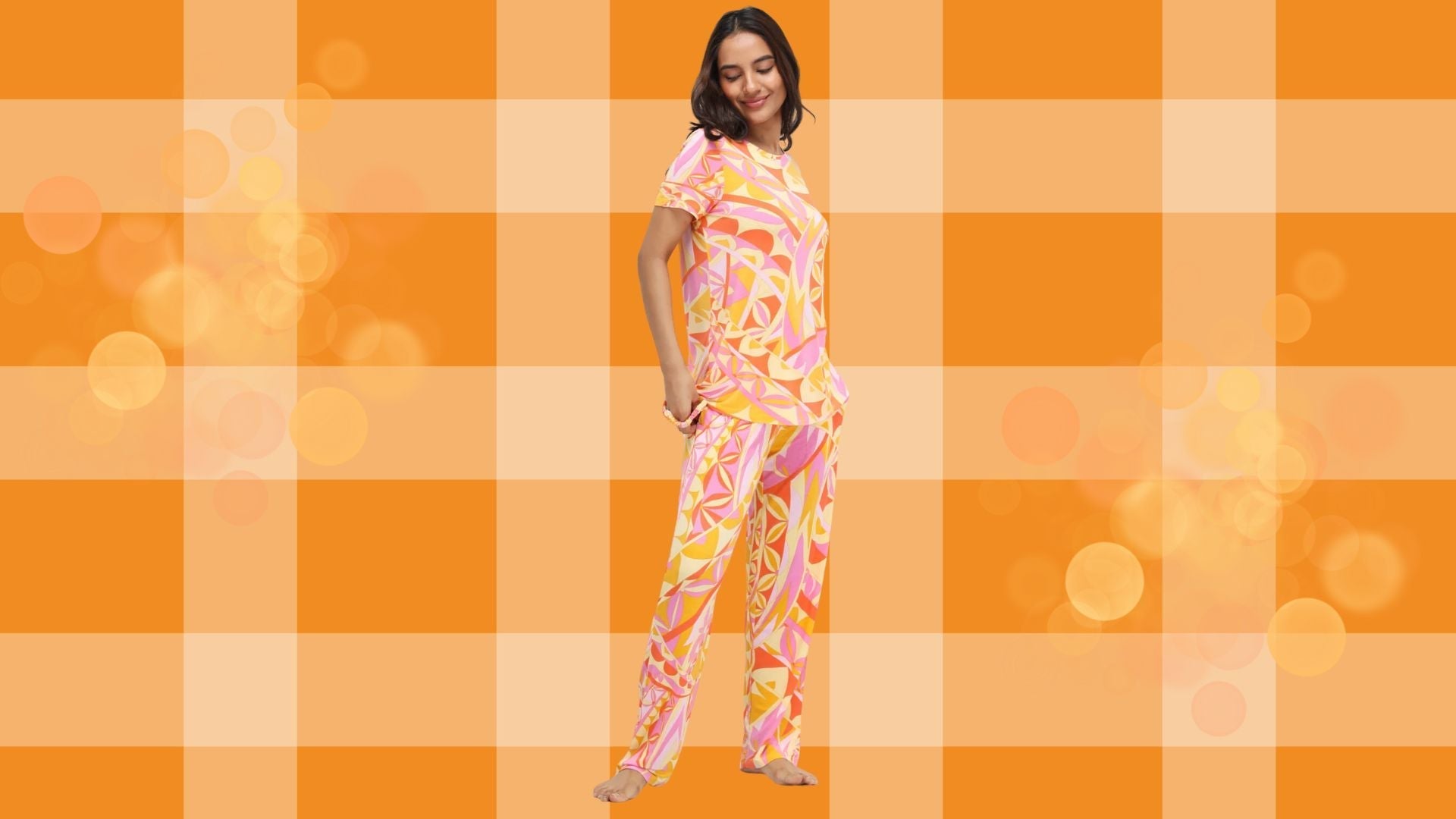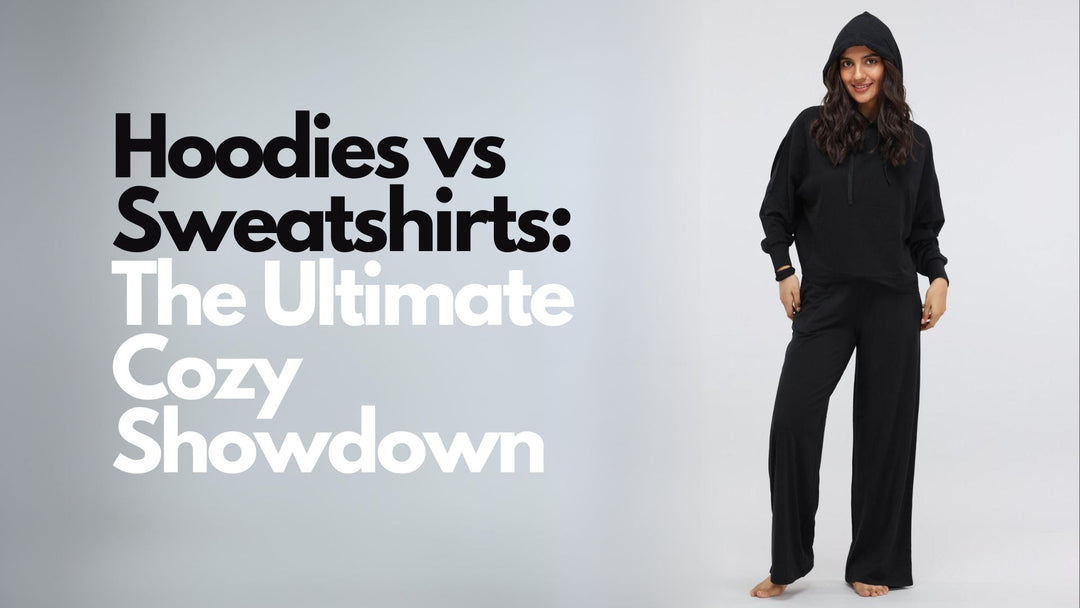When it comes to choosing fabrics for clothing, bedding, or other textile products, two popular options often come to mind: modal fabric and cotton fabric. Both materials have their unique characteristics, advantages, and drawbacks. In this comprehensive guide, we'll explore the key points to consider when comparing modal vs cotton, helping you make an informed decision for your specific needs.
What is Modal Fabric?
Modal is a semi-synthetic material derived from beech tree pulp. It's known for its softness, smoothness, and excellent moisture-wicking properties. Modal is often described as a more refined version of rayon, offering improved durability and environmental sustainability.
What is Cotton Fabric?
Cotton is a natural fiber obtained from the cotton plant. Traditional cotton has been a staple in the textile industry for centuries, prized for its versatility, breathability, and comfort. It's one of the most widely used fabrics in the world, thanks to its durability and ease of care.
What Exactly Are Modal and Cotton Fabrics?
|
Specification |
Modal Fabric |
Cotton |
|
GSM Range |
120–200 (lighter than most cotton) |
100–400 (varies widely) |
|
Thread Count |
250–400 typical |
200–1000+ |
|
Tensile Strength |
34–38 cN/tex |
27–44 cN/tex |
|
Moisture Regain |
12–13% |
7–8% |
Performance Metrics
Moisture Management Test Results:
-
Modal: Absorbs 1.5x its weight in water, dries in 2-3 hours
-
Cotton: Absorbs 0.8x its weight, dries in 4-6 hours
Shrinkage After 10 Washes:
-
Modal: 2-3% maximum
-
Cotton: 5-10% (up to 20% if not pre-shrunk)
Production Process: Modal vs Cotton
Understanding the production process of modal vs cotton can shed light on their environmental impact and overall quality.
Modal Production
Modal is a semi-synthetic fabric, meaning it's made from natural materials but requires chemical processing. The production process involves:
-
Harvesting beech trees from sustainably managed forests
-
Converting wood pulp into cellulose fibers
-
Treating the fibers with chemicals to create modal yarn
-
Spinning the yarn into fabric
This process is generally considered more environmentally friendly than traditional cotton production, as it requires less water and land.
Cotton Production
Traditional cotton production involves:
-
Planting and growing cotton plants
-
Harvesting cotton bolls
-
Separating cotton fibers from seeds (ginning)
-
Spinning fibers into yarn
-
Weaving or knitting yarn into fabric
Cotton production can be water-intensive and may involve the use of pesticides, leading to concerns about water pollution and environmental impact.
Comparing Modal Fabric vs Cotton
Let's dive into the key factors that differentiate modal fabric from cotton:
Softness and Comfort
Modal fabric is renowned for its exceptional softness and silky smooth texture. It often feels luxurious against the skin, making it an excellent choice for those with sensitive skin. Cotton, while also soft, typically requires multiple washes to achieve a similar level of softness.
Breathability and Moisture Management
Both modal and cotton fabrics offer good breathability, allowing air to circulate and keeping the wearer comfortable. However, modal fabric has a slight edge in moisture management. It can absorb up to 50% more moisture than cotton, making it an ideal choice for activewear and undergarments.
Durability and Longevity
High-quality cotton is known for its durability and ability to withstand frequent washing and wear. It maintains its shape well over time, making it a popular choice for everyday clothing and household textiles. Modal fabric, while also durable, may not be as long-lasting as cotton in some applications.
Environmental Impact
Modal fabric is often touted as a more environmentally friendly option compared to traditional cotton. The production of modal requires less water and land than cotton cultivation. Additionally, modal is biodegradable and can be produced using sustainable forestry practices, reducing the risk of water pollution associated with some cotton farming methods.
Care and Maintenance
Both modal and cotton fabrics are relatively easy to care for. However, modal has some advantages in this area:
-
Modal is less prone to shrinkage than cotton
-
It resists pilling and fading better than cotton
-
Modal fabric often requires less ironing to maintain a smooth appearance
Cost
Generally, cotton is more affordable and widely available than modal fabric. This makes cotton a popular choice for budget-conscious consumers and mass-produced items. However, the higher price of modal often reflects its superior quality and performance characteristics.
Modal vs Cotton Comparison
|
Feature |
Modal |
Cotton |
|
Softness |
★★★★★ Silky smooth |
★★★★☆ Soft after washing |
|
Price Range |
$15–40/yard |
$5–20/yard |
|
Moisture Absorption |
50% more than cotton |
Standard absorption |
|
Shrinkage |
<3% |
5–10% |
|
Durability |
3–5 years |
5–10 years |
|
Eco-Impact |
Lower water use |
Higher water consumption |
Advantages of Modal Fabric
Modal fabric offers several advantages over traditional cotton:
-
Exceptional Softness: Modal is incredibly soft and smooth, providing superior comfort.
-
Moisture-Wicking: It excels at absorbing and evaporating moisture, keeping the wearer dry.
-
Eco-Friendly: Modal production generally has a lower environmental impact than traditional cotton farming.
-
Resistant to Shrinkage: Modal maintains its shape and size better than cotton after washing.
-
Less Prone to Pilling: Modal fabrics tend to maintain their smooth surface longer than cotton.
-
Ideal for Sensitive Skin: The smooth texture of modal makes it an excellent choice for those with sensitive skin.
Advantages of Cotton Fabric
-
Cotton is highly breathable, allowing air to circulate, which helps keep you cool and comfortable, especially in warm weather.
-
When properly cared for, cotton fabric is strong and can withstand frequent washing and wear, making it a long-lasting choice for clothing and textiles.
-
Hypoallergenic: Cotton is a natural fiber and is less likely to cause allergic reactions, making it suitable for those with sensitive skin or allergies.
-
Available in various weights and weaves, cotton can be used for a wide range of products, from casual wear to formal attire and home textiles.
-
Cotton is generally easy to wash, dry, and iron, making it a low-maintenance fabric that fits well into everyday life.
-
Organic cotton is grown without harmful pesticides or chemicals, offering an environmentally friendly alternative for conscious consumers.
Applications of Modal Fabric vs Cotton
Both fabrics have a wide range of applications, but they excel in different areas:
Modal Fabric:
-
Womens Innerwear and lingerie
-
Activewear and sportswear
-
Luxury bedding and towels
-
Soft, drapey clothing items
Cotton Fabric:
-
Everyday clothing (t-shirts, jeans, etc.)
-
Bedding and household linens
-
Workwear and durable garments
-
Children's clothing
Choosing Between Modal Fabric and Cotton
When deciding between modal fabric and cotton, consider the following factors:
-
Intended Use: Think about the specific application. For items that require extra softness or moisture-wicking properties, modal might be the better choice. For everyday, durable items, cotton could be more suitable.
-
Comfort Priority: If luxurious softness is your top priority, modal fabric is likely to satisfy your needs better than cotton.
-
Environmental Concerns: If sustainability is important to you, modal fabric may have a slight edge over conventional cotton. However, organic cotton is also an eco-friendly option.
-
Budget: Consider your budget, as modal fabric tends to be more expensive than cotton.
-
Care Requirements: If you prefer low-maintenance fabrics, modal's resistance to shrinking and wrinkling might be appealing.
|
When To Choose Modal ? |
When To Choose Cotton? |
|
Comfort is your #1 priority |
Durability is crucial |
|
You have sensitive skin |
You're on a tight budget |
|
You want low-maintenance clothing |
You prefer natural fibers |
|
Sustainability matters to you |
You need work/play clothes |
|
Budget allows for premium fabrics |
Traditional care methods preferred |
Is Modal Good for Eczema and Allergies?
Modal's smooth fibers create less friction against sensitive skin. It's my top recommendation for patients with eczema or contact dermatitis.
Modal Benefits for Sensitive Skin:
-
Hypoallergenic properties
-
Breathable structure reduces bacteria growth
-
Smooth surface minimizes irritation
-
Chemical residue: <0.01% (OEKO-TEX certified)
Modal vs Cotton for Babies
Winner: Modal (with caveats)
✓ Softer on delicate skin
✓ Better temperature regulation
✓ Less likely to cause rashes
✗ More expensive
✗ May need special detergents
Innovations in Fabric Technology
As textile technology advances, we're seeing new developments in both modal and cotton fabrics:
-
Improved Modal Production: Some manufacturers are developing even more sustainable methods for producing modal fabric, reducing chemical use and environmental impact.
-
Organic and Sustainable Cotton: The cotton industry is increasingly focusing on organic and sustainable farming practices, addressing some of the environmental concerns associated with conventional cotton production.
-
Blended Fabrics: Many textile producers are creating blends of modal and cotton, combining the best properties of both fabrics for optimal performance and comfort.
How to Identify Modal vs Cotton
The Touch Test:
-
Rub fabric between fingers
-
Modal feels cooler and smoother
-
Cotton has more texture
The Water Test:
-
Drop water on fabric
-
Modal absorbs instantly
-
Cotton takes 2-3 seconds
The Wrinkle Test:
-
Crumple fabric for 30 seconds
-
Modal springs back smoother
-
Cotton holds wrinkles
The Future of Textiles
As consumers become more conscious of sustainability and performance, both modal and cotton fabrics are likely to continue evolving. We can expect to see:
-
Further improvements in eco-friendly production methods
-
Enhanced performance characteristics for both fabrics
-
Increased use of recycled and upcycled materials in textile production
Conclusion
Both modal fabric and cotton have their strengths and weaknesses. Modal excels in softness, moisture management, and eco-friendliness, while cotton shines in durability, affordability, and versatility. The choice between modal fabric vs cotton ultimately depends on your specific needs, preferences, and priorities.
Whether you opt for the luxurious feel of modal or the classic comfort of cotton, both fabrics offer excellent options for a wide range of textile applications. By considering the key points outlined in this guide, you can make an informed decision that best suits your requirements.
FAQs
Q1. Which is better, cotton or modal?
The choice between cotton and modal depends on your needs. Modal excels in softness and moisture-wicking, making it ideal for activewear, while cotton is known for its durability and affordability, making it great for everyday clothing.
Q2. What are the disadvantages of modal fabric?
Modal fabric can be more expensive than cotton and may require careful washing to maintain its quality. Additionally, while it's durable, it may not last as long as high-quality cotton in some applications.
Q3. Is modal or cotton better for skin?
Modal is generally better for sensitive skin due to its smooth texture and hypoallergenic properties, while cotton can vary in comfort depending on its quality and treatment.
Q4. Is modal 100% cotton?
No, modal is not 100% cotton; it's a semi-synthetic fabric made from beech tree pulp, whereas cotton is a natural fiber derived from the cotton plant.
Q5. How does modal fabric compare to polyester?
Modal is plant-based and more breathable than polyester, which is synthetic. Modal is generally softer and more eco-friendly, while polyester is often more durable and cheaper.
Q6. Is modal or cotton better for summer?
Modal is generally better for summer due to its superior moisture-wicking properties and breathability, keeping you cooler and drier in hot weather.





